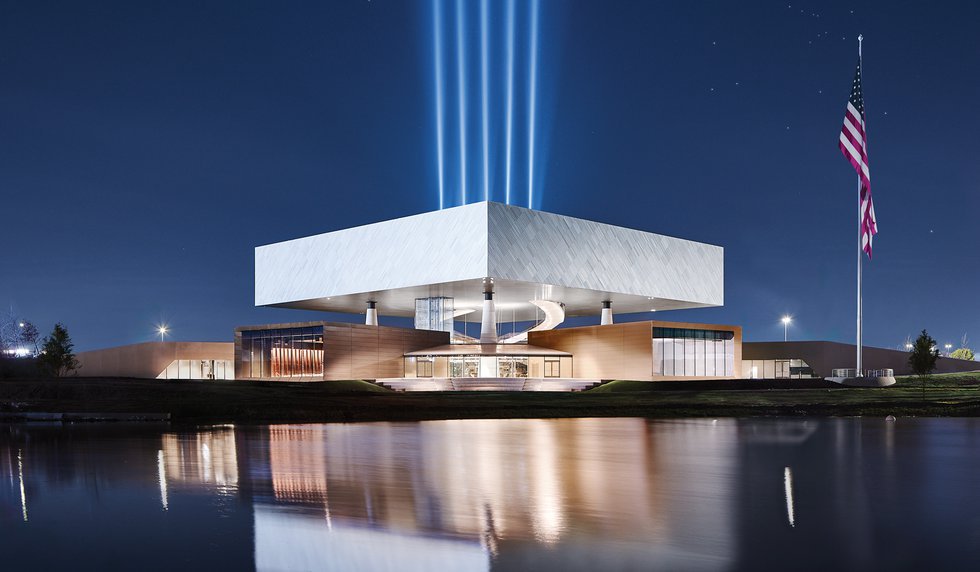Chris Cassidy, president and CEO of the National Medal of Honor Museum in Arlington, will step down following the successful culmination of his four-year mission guiding the institution from vision to opening.
Cassidy assumed leadership when the museum was still a concept, overseeing planning, fundraising, construction, and the eventual inauguration in Arlington. With the museum now open to the public, Cassidy says his work is done and it’s time for new leadership to steer its next chapter.
During his tenure, Cassidy oversaw $300 million in fundraising, navigated pandemic-era construction challenges, and celebrated the museum’s grand opening on March 25 — National Medal of Honor Day. The Arlington-based museum, which honors the stories of the nation’s highest military heroes, now stands as a major new landmark in North Texas civic and cultural life.
“I was super passionate about getting this project delivered to the nation, but probably not the right passion for running the day-to-day business of a museum,” Cassidy told The Dallas Morning News.
Cassidy took the helm in 2020, when the museum was still a vision. Under his leadership, the organization secured critical donor commitments, broke ground three years ago, and completed a striking modern complex in the heart of Arlington’s Entertainment District, surrounded by major sports venues.
The museum has been positioned as a national destination to honor recipients of the Medal of Honor and preserve their stories. Under Cassidy’s stewardship, the institution has established its operating foundation and initial programming.
Cassidy, 55, is a 1993 graduate of the U.S. Naval Academy, where he earned a degree in mathematics, followed by a master’s degree in ocean engineering from the Massachusetts Institute of Technology in 2000.
His military career began with the U.S. Navy SEALs, where he served for 10 years and became a decorated combat veteran with deployments in Afghanistan and the Mediterranean. He earned two Bronze Stars — one with combat “V” — and a Presidential Unit Citation for leading a nine-day operation at the Zharwar Kili cave complex along the Afghanistan-Pakistan border.
In 2004, NASA selected Cassidy as an astronaut. After two years of intensive training, he served as Capsule Communicator in the Mission Control Center and later became chief of NASA’s Extravehicular Activity branch. Over his career, he completed six spacewalks totaling more than 31 hours and logged 182 days in space across two missions. His first mission, STS-127 aboard the Space Shuttle Endeavour in 2009, involved completing the Japanese Kibo laboratory on the International Space Station and setting a record for 13 astronauts working together in orbit.
The museum tells the stories of Medal of Honor recipients since the award’s establishment under President Abraham Lincoln in 1861. The Medal of Honor is the nation’s highest award for acts of valor, presented to those who risk their lives above and beyond the call of duty to defend America and its ideals.
Stringent requirements must be met for a service member to earn the medal — the only American military decoration worn around the neck. Recipients must distinguish themselves through extraordinary bravery in one of three situations: engaging an enemy of the United States, taking part in military operations involving conflict with an opposing force, or serving with friendly foreign forces in an armed conflict.
Recommendations are approved by the president, commander in chief of the U.S. Armed Forces, who bestows the award in the name of Congress — which is why it’s sometimes called the “Congressional Medal of Honor.”
More than 40 million have served in the U.S. military, but just over 3,500 have received the Medal of Honor. Among them are three from Fort Worth. Today, there are 60 living recipients.
The next leader of the museum will also oversee the establishment of a National Medal of Honor monument in Washington, D.C.
Cassidy said he will remain close to the museum.
